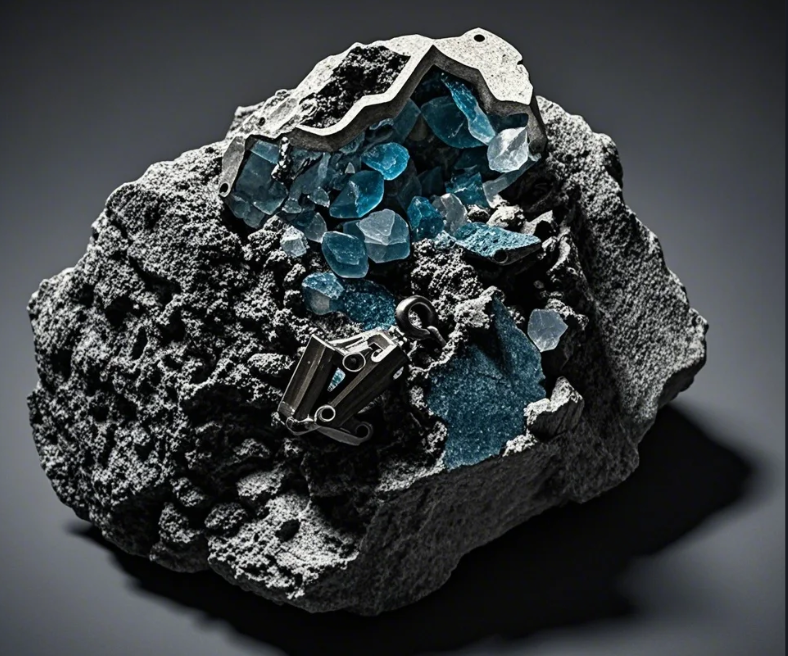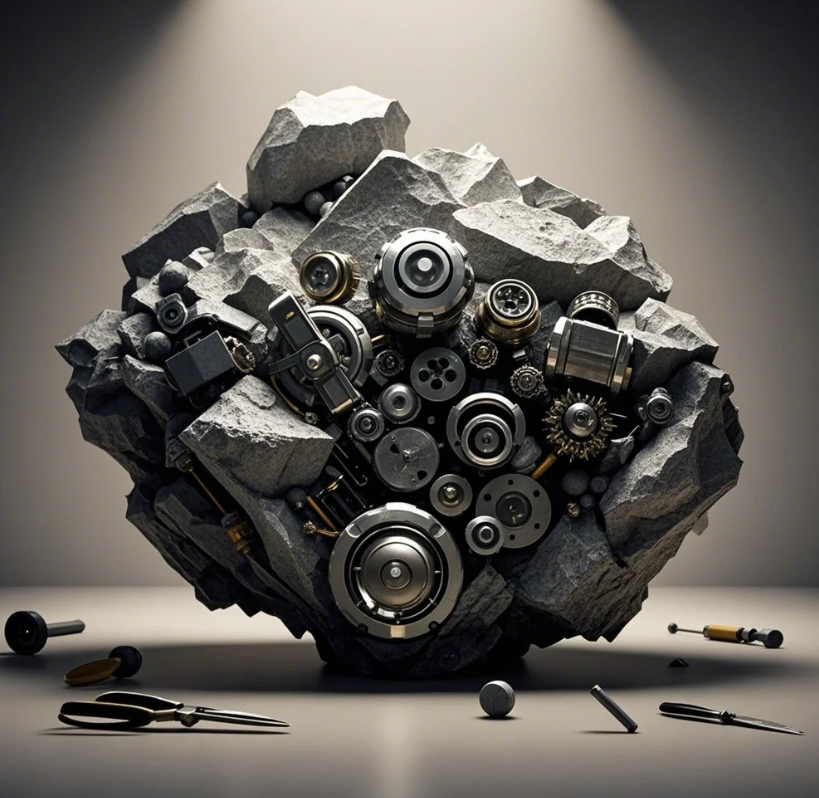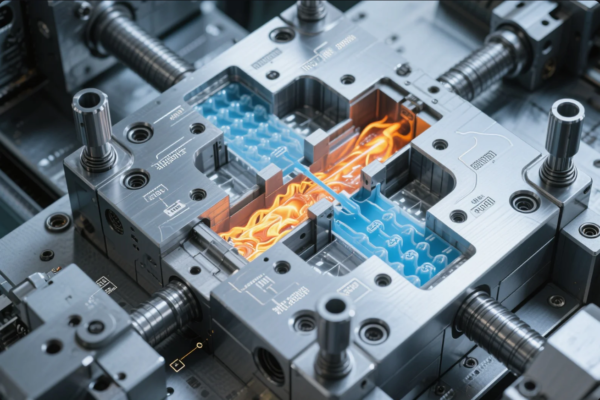What Are the 5 Main Minerals in Rocks?

Rocks are made up of a variety of minerals, each contributing to the rock's properties. Understanding the main minerals found in rocks can help us better understand the Earth’s structure and the composition of common materials.
Snippet paragraph: Rocks are primarily composed of minerals. The five main minerals found in rocks are essential for determining the properties of the rock.
Transition paragraph: Let’s explore the five key minerals found in rocks and how they contribute to the rock’s characteristics.
What Are the 5 Minerals in Rocks?

The five main minerals found in rocks are:
- Quartz: A hard, crystalline mineral composed of silicon and oxygen. It is one of the most abundant minerals in Earth's crust and is found in many types of rocks.
- Feldspar: A group of rock-forming minerals that make up a large part of the Earth's crust. It includes both potassium feldspar and plagioclase feldspar.
- Mica: Known for its shiny, sheet-like structure, mica is often found in igneous and metamorphic rocks.
- Calcite: A mineral made of calcium carbonate, calcite is a major component of sedimentary rocks like limestone and marble.
- Amphibole: A group of minerals that are commonly found in metamorphic rocks. They have a long, needle-like structure and are essential in high-pressure conditions.
These minerals are the building blocks of most rocks, and their composition determines the physical properties of the rocks they form.
Dive Deeper: Quartz and Feldspar
Quartz is the most durable of all common minerals. It is highly resistant to weathering and is often the primary component of sand. Feldspar, on the other hand, is a key constituent of granite, a commonly used construction material. Both minerals play a key role in shaping the characteristics of rocks, including their hardness and resistance to erosion.
| Mineral | Composition | Rock Types Found In |
|---|---|---|
| Quartz | Silicon and oxygen | Sandstone, Granite |
| Feldspar | Potassium, sodium, calcium | Granite, Diorite |
What Are the 5 Main Minerals?

The five main minerals are commonly found in rocks and contribute to various physical properties such as hardness, color, and texture. The key minerals include:
- Quartz
- Feldspar
- Mica
- Calcite
- Amphibole
These minerals are part of the Earth's crust and can be found in a wide range of rock types, from sedimentary to metamorphic and igneous rocks.
Dive Deeper: Mica and Calcite
Mica is a mineral known for its thin layers and flexibility. It is often found in igneous and metamorphic rocks, adding to the rock’s texture. Calcite, on the other hand, is essential for the formation of limestone and marble. It’s a key component of many sedimentary rocks and contributes to their solubility in water, which leads to the formation of caves and other karst landscapes.
| Mineral | Composition | Rock Types Found In |
|---|---|---|
| Mica | Potassium, aluminum | Granite, Schist |
| Calcite | Calcium carbonate | Limestone, Marble |
What Are the 5 Names of Minerals?

The five most common names of minerals in rocks are:
- Quartz
- Feldspar
- Mica
- Calcite
- Amphibole
These minerals appear in varying amounts depending on the type of rock being formed and play a crucial role in determining the rock's texture, color, and stability.
Dive Deeper: Amphibole and Its Importance
Amphibole is an important mineral that helps form many metamorphic rocks, particularly under high-temperature and high-pressure conditions. It is found in a variety of rock types and can often be identified by its needle-like crystals. Amphibole’s presence in rocks influences their durability and resistance to weathering.
| Mineral | Composition | Rock Types Found In |
|---|---|---|
| Amphibole | Complex silicate minerals | Schist, Gneiss, Diorite |
What Are the 8 Main Groups of Minerals?

Minerals are classified into various groups based on their chemical composition. The eight main groups of minerals include:
- Silicates: The most common group, including minerals like quartz and feldspar.
- Oxides: Minerals containing metal and oxygen, such as hematite.
- Sulfides: Minerals containing sulfur and metals, like pyrite.
- Carbonates: Minerals that contain carbon and oxygen, such as calcite.
- Halides: Minerals composed of halogen elements, like fluorite.
- Sulfates: Containing sulfur and oxygen, such as gypsum.
- Phosphates: Minerals containing phosphate groups, like apatite.
- Native Elements: Made of a single element, such as gold or copper.
These groups help classify minerals based on their chemical structures, and each has specific properties useful for different industrial and commercial applications.
Dive Deeper: Silicates and Oxides
Silicates, which include minerals like quartz and feldspar, form the backbone of most rocks on Earth. Oxides, on the other hand, include valuable ores used in metal production, such as hematite for iron and magnetite for steel production.
| Group | Examples | Key Use |
|---|---|---|
| Silicates | Quartz, Feldspar | Construction, electronics, glass |
| Oxides | Hematite, Magnetite | Iron and steel production |
Conclusion
The five main minerals—quartz, feldspar, mica, calcite, and amphibole—play a key role in shaping the Earth's crust. By understanding these minerals and their properties, we can gain deeper insights into the processes that form rocks and the essential resources we rely on.
If you're looking to learn more about minerals and their uses in various industries, feel free to reach out for expert guidance and information.







